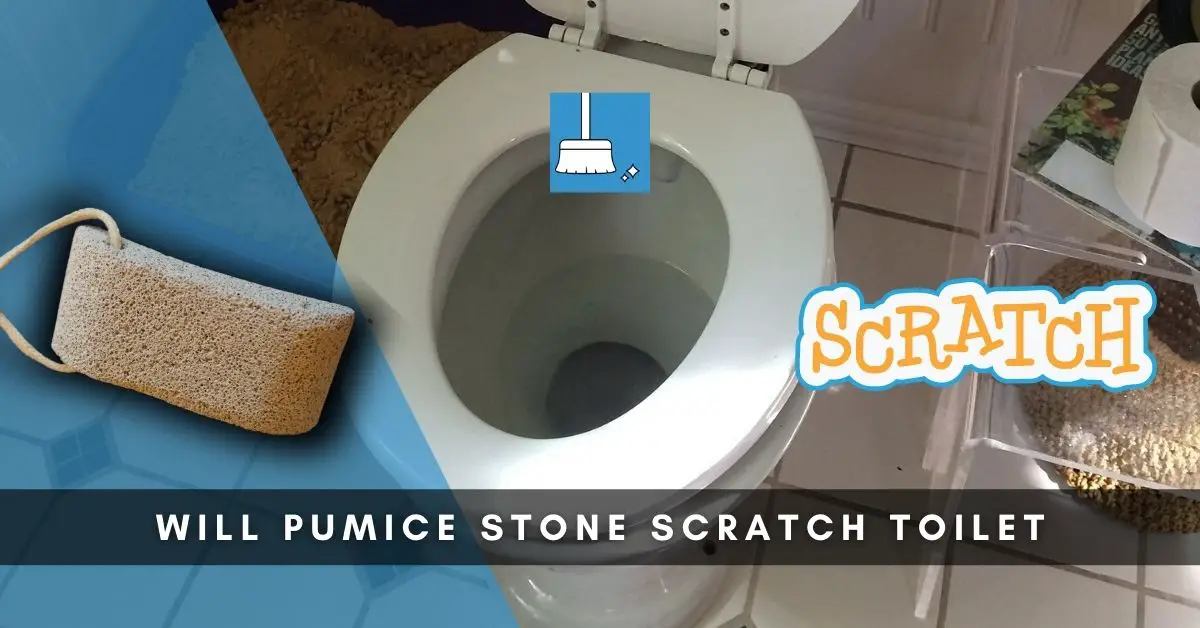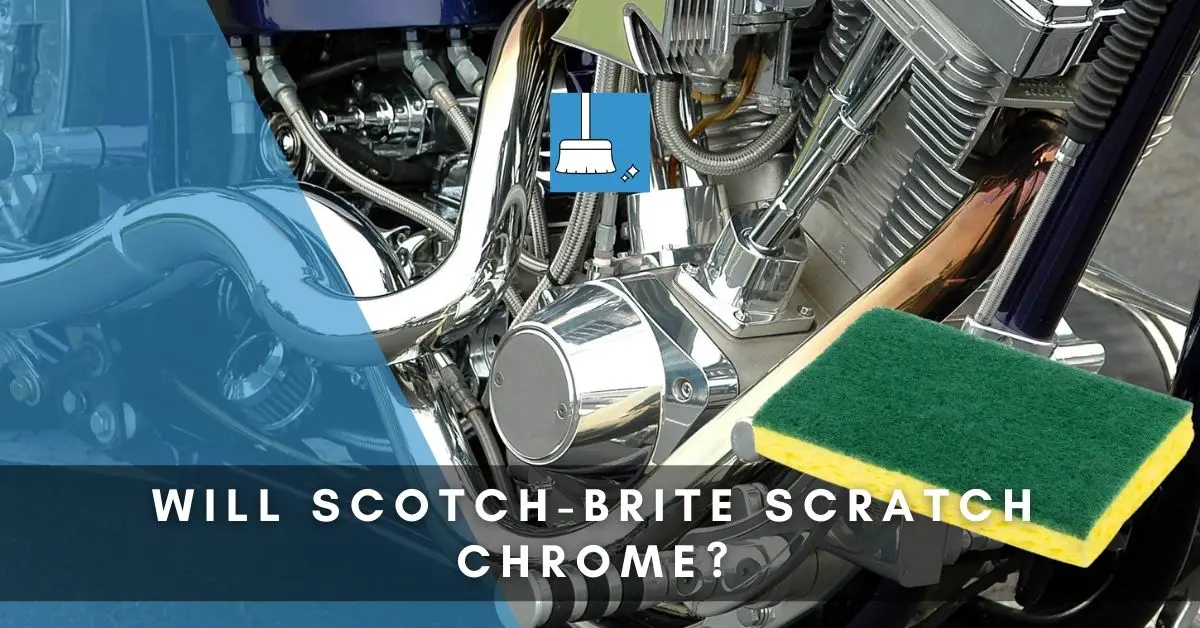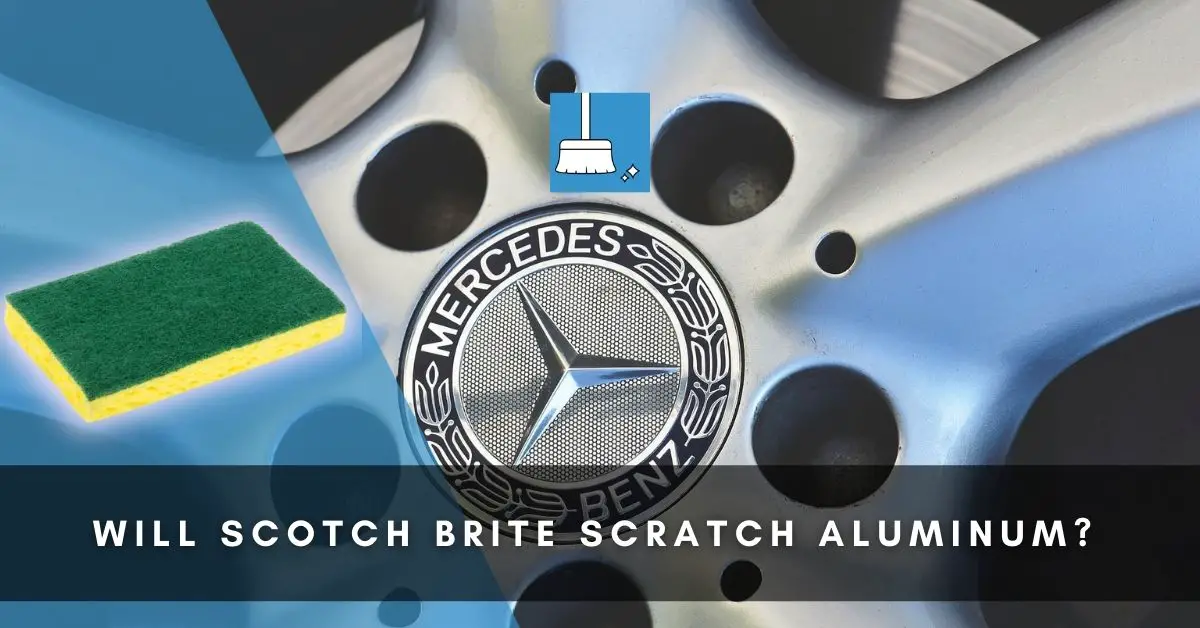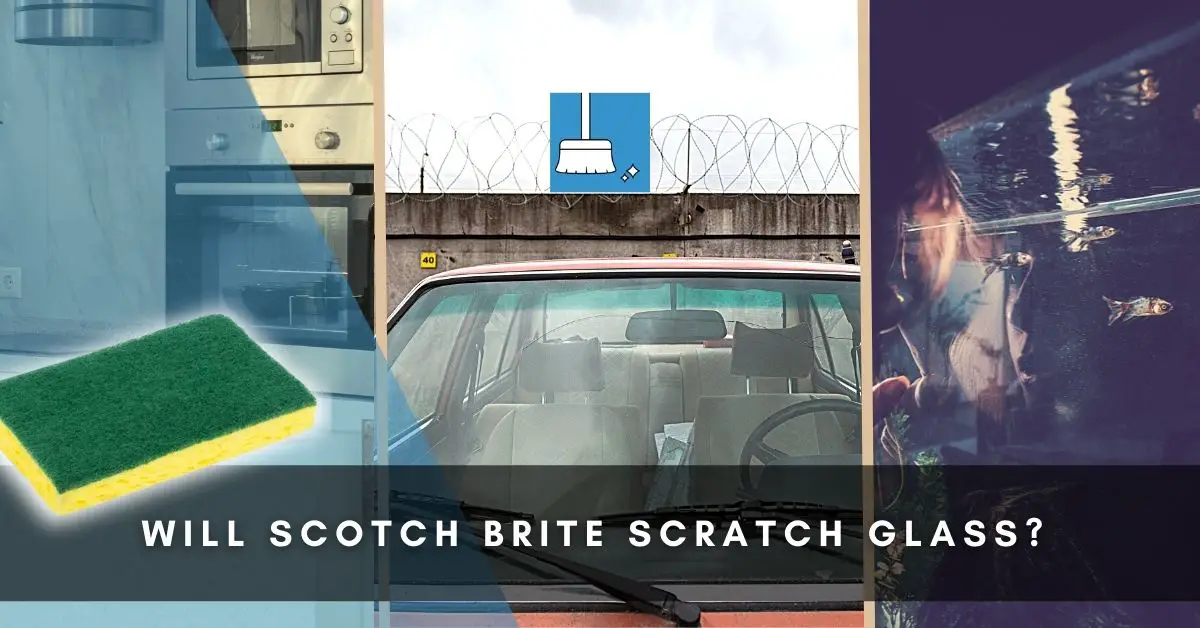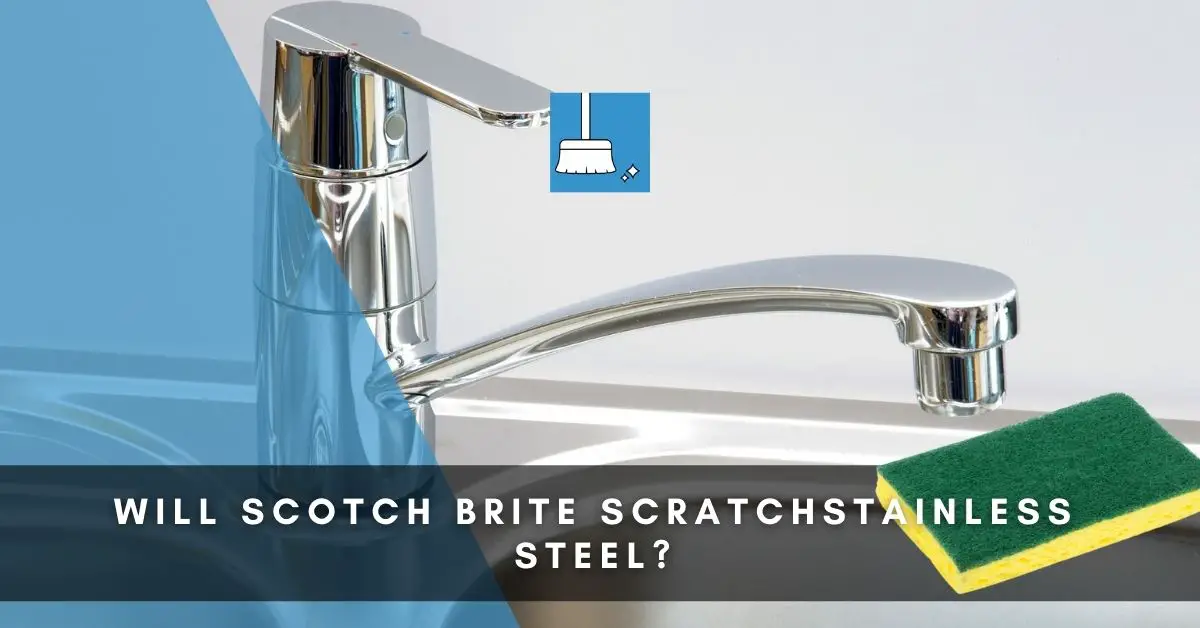Pumice stones might look like your regular rocks but they are far from that. They are great tools for removing heavy grime buildup from different surfaces in the home especially toilet bowls which often spot hard water deposits and rings.
Pumice stones are however abrasive and not suitable for all toilet types which is why many are wary of using them.
In this article, we’ll be discussing whether you can use Pumice stones on Porcelain, plastic, wood, and polyresin toilets. Then we’ll see the steps to clean a toilet seat the best way. Finally, we’ll share some Pumice stone alternatives for your toilets.
Will Pumice Stone Scratch Toilets?
Pumice stone will not scratch toilets that are made of porcelain. Although porcelain toilets have a smooth finish and look fragile like glass, the surface is stronger than glass.
So abrasives like pumice stones can be used to remove grime and stains from porcelain surfaces without leaving scratches or marks behind.
The pumice stone works well in getting rid of mildew and rings on porcelain toilets because they are harder than the stains but not as strong as the porcelain which has gone through a lot of processes to be durable and sturdy.
Sometimes, using wire wools or brillo pads can leave metal stains on toilet bowls. Pumice stones can get rid of these metal scratches.
Here are a few things to keep in mind before using Pumice for toilets:
#1- You want to be careful while using Pumice on toilets. Although pumice stones aren’t that hard, they are still abrasives and should be used with care.
While cleaning your porcelain toilet, apply very gentle pressure to the pumice stone.
If you apply more pressure, the stone is likely to scratch and etch your toilet. These etches will trap dirt easily which will make your porcelain toilet dirty often.
#2- There are other ways of removing rings and rust stains from your porcelain toilets which doesn’t involve abrasives. You should only use pumice stone as a last resort when all other methods have failed.
#3- You should use pumice stones on your porcelain toilets only during deep cleaning and that should not be more than 4 or 5 times a year.
#4- When you decide to use pumice, you should only use the stone wet.
Using the stone dry will cause scratches and the toilet will not be properly cleaned. The porcelain toilet should also be wet before cleaning.
Porcelain Toilet Seats
Pumice stones will not scratch porcelain toilet seats. As long as the pumice stone and the seat are wet, you have nothing to worry about. You should only worry if your toilet seat is made of a material different from porcelain.
Like we said earlier using abrasives shouldn’t be too frequent on our porcelain so other alternatives have been discussed in the latter part of the article.
Wood Toilet Seats
Pumice stones will scratch wood toilet seats because these seats are soft and prone to scratches. Wood toilet seats or any other material made of wood are better cleaned with non-abrasive cleaning agents like microfiber cloths, soft sponges, etc.
Note that the scratches that pumice stones will cause on your wooden toilet seats are irreversible. So you will be causing permanent damage to your toilet seats by using them. And one usage is enough to do this.
Depending on the amount of pressure you applied while cleaning the toilet seat, you may need to replace the seat later. This can however be avoided.
You can clean the tanks and bowls of your toilet with pumice stone if they are made of porcelain but stick to non-abrasives when it comes to cleaning the seat.
Plastic Toilet Seats
Just like wood toilet seats, plastic toilet seats get easily scratched and these scratches are often permanent, making them look dull and unattractive. This is why abrasives like pumice stones are to be avoided when cleaning them.
Pumice stones are hard and whether dry or wet, they will scratch your plastic toilet seat. Though the damage pumice stones cause on plastic toilet seats is nothing compared to the damage they cause on wood toilet seats, they still should be avoided.
You can use dish soaps, antibacterial wipes, detergent, etc. which will produce a better result than Pumice stones. Even Bar Keeper’s Friend works well on plastic toilet seats.
Polyresin Toilet Seats
Pumice stones will scratch Polyresin toilet seats as these are more flexible and light compared to wood and plastic toilet seats, so they are not as sturdy or strong. Some cleaning agents that won’t scratch plastic toilet seats may scratch polyresin toilet seats.
Polyresin seats are known for their colorful designs and beautiful appearance, which need to be protected and maintained. So you have to be more careful about cleaning them than you are about porcelain, wood and plastic toilets.
Since pumice stones scratch both wood and plastic toilet seats, you should know they would scratch Polyresin toilet seats much more.
Polyresin toilet seats have a smooth and glossy finish that can be damaged by chemical cleaners and abrasives.
You can use dish soap and mild detergents to keep and maintain your polyresin toilet seats to avoid damage. If you are going to use cleaning solutions, apply them to the cloth and not on the polyresin seat itself.
How Do You Clean a Toilet with a Pumice Stone?
Things to Remember
1- Stick to Specific Areas: Pumice stone is not meant to be used on the whole toilet to minimize the risk of scratches, so you should clean the toilet first using other methods.
Do your normal cleaning routine. This exposes the rust stains, rings, and stubborn stains that require the use of pumice stones.
2- Use Gloves: Pumice stones are abrasive and you can get blisters while using them which may lead to infection. So you should protect your hands before cleaning with them.
YOU’LL NEED
1- Pumice stone
2- Dish soap
3- Soft sponge
4- Bowl
5- Gloves
STEPS
STEP 1: Pour half a cup of dish soap into the toilet bowl and let it sit for about 15 minutes.
STEP 2: While you are waiting, pour some dish soap into a bowl full of water and use a soft sponge to wash the toilet tank and seat. This should also disinfect these surfaces. Rinse the seat and tank thoroughly.
STEP 3: After the 15 minute wait, flush the toilet bowl with hot water to get rid of the dish soap sitting in it.
STEP 4: Get your pumice stone wet by soaking it in water or putting it under running water for a few seconds.
STEP 5: Wear your gloves and rub the pumice stone on the mineral deposits, rings, and stains that the dish soap didn’t get rid of.
Do it repeatedly going back and forth, and rinse often to check your progress. Rinse thoroughly when you are done.
How Do I Remove Pumice Scratches From My Toilet Bowl?
Usually, Pumice will not leave any scratches behind, but in case you rubbed too hard or the surface gets scratched after using Pumice stone or any other thing, use the below method to get rid of those scratches.
Using Bar Keeper’s Friend
This is a scouring powder that not only cleans but removes scratches with little effort. BKF does not have adverse effects on the toilet and is safe for the environment.
YOU’LL NEED
1- Scouring pad
2- Bar Keeper’s Friend
3- Water
STEPS
STEP 1: Spray the scratched areas with some warm water. Spray the scouring pad with some water too. A damp pad works better than a dry one.
STEP 2: Pour some Bar Keeper’s Friend powder on the damp scouring pad and scrub the scratches. Do it repeatedly and add more powder to the scouring pad when necessary.
Depending on how deep the scratches are, it may take some time and need a little bit of elbow grease.
STEP 3: Rinse thoroughly when you are done.
Does Pumice Stone Remove Limescale?
Limescale, also called hard water stains or deposits, can be tough to remove from surfaces especially if it has been there for a long time. But a few minutes of rubbing it with a wet pumice stone can get it all out.
1- Get the surface with the limescale wet before cleaning it with a pumice stone.
2- And when you are done, clean the surface with dish soap and warm water.
This doesn’t just apply to toilets. Pumice stones can be used to remove limescale from surfaces that can be cleaned with abrasives. This includes porcelain sinks, taps, bathroom tiles, etc.
Regular cleaning is recommended to prevent limescale from forming on the surfaces in our home.
Pumice Stone Alternatives (For Toilets!)
Pumice stones are great for cleaning toilets but since they are abrasives we want to avoid using them when we can.
This is why we have researched and found a few alternatives for you.
1- White Vinegar
Works really great in getting rid of stubborn stains and rust from toilet bowls.
Pour two or three cups of white vinegar (depending on how dirty the toilet bowl is) into the toilet bowl and let it sit overnight. Use a brush to clean the bowl and flush.
Not only will the stains be gone, but they will also whiten your toilet bowl. What’s more? It’s not abrasive, so your toilet surface is protected.
2- Polident Tablets
This is a denture cleaner that surprisingly cleans other things well too.
Drop a few tablets (about four or five should do) into your toilet bowl and leave them overnight to soak and work. In the morning, use a brush to swish around the water so the tablets can be evenly dispersed. Then flush the toilet.
3- Baking Soda
This is good for cleaning other surfaces of the toilet (such as seat and tank) than the bowl. The water in the bowl won’t allow the baking soda to work well.
Make a paste with baking soda by adding little water. Let it be a thick paste. Then put it on the stains you want to remove and let it sit for about 15 minutes.
Then use a soft pad to scrub for a few seconds / minutes. Then rinse thoroughly.
Final Thoughts!
Pumice stones when used correctly will not scratch your toilet surfaces or damage their finish, but you shouldn’t use them too often.
We have explained in detail the type of toilet surfaces pumice stones can be used to clean and how to use them correctly.
We have also explained toilet surfaces pumice stones should never be cleaned with, and have listed the various cleaning agents that work best for these surfaces.

